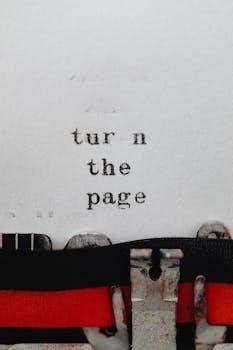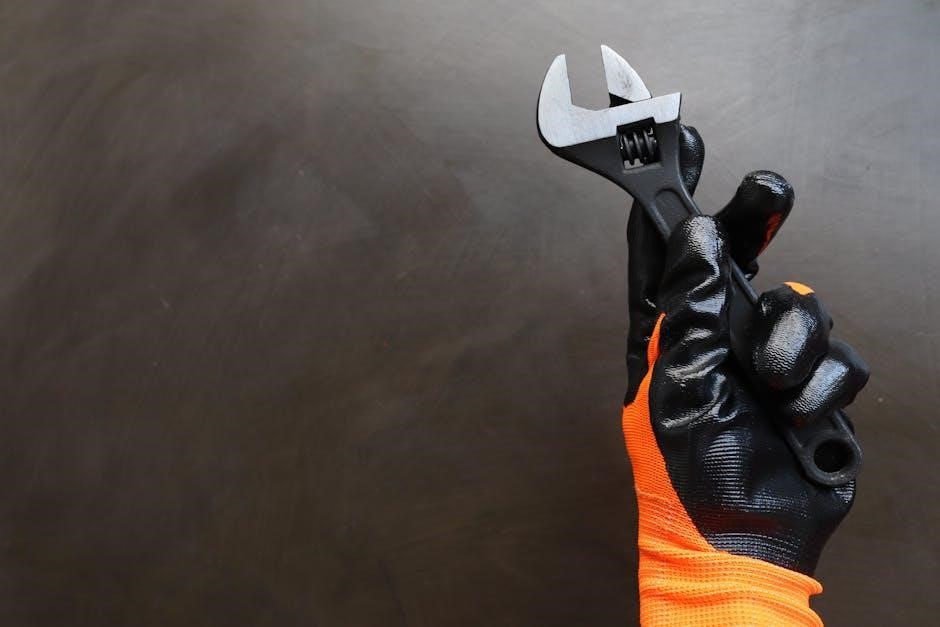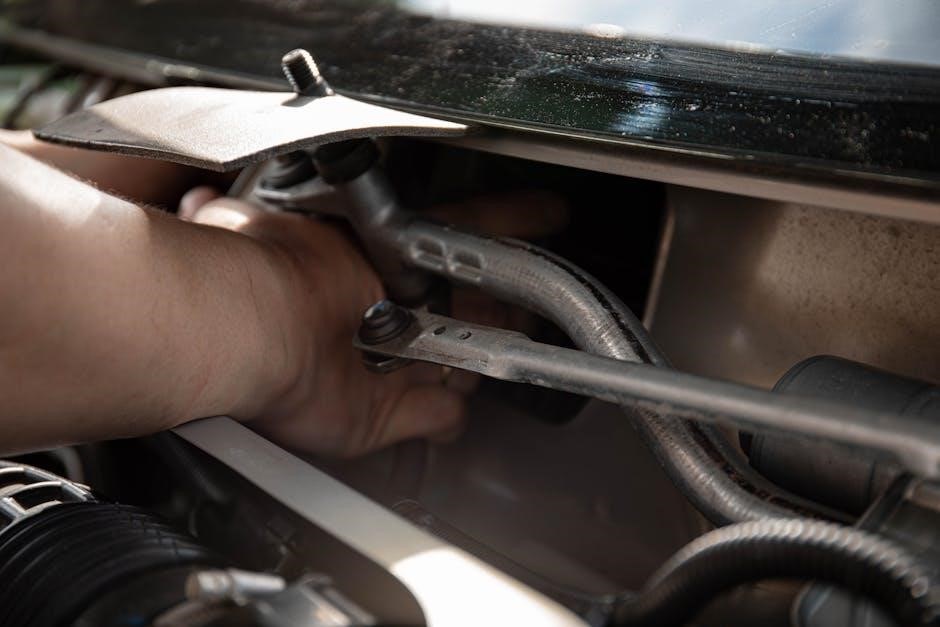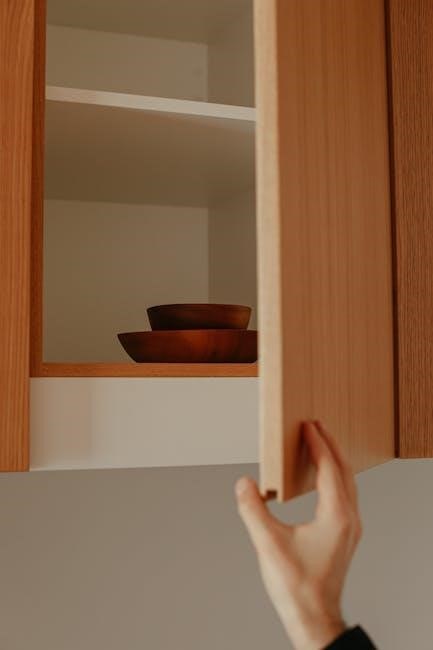The clarinet finger chart pdf is a useful tool for musicians, providing a comprehensive guide to finger positions and note production, available for free download as a pdf file online easily.
Overview of the Clarinet Instrument
The clarinet is a woodwind instrument with a rich history, played in various genres of music, including classical, jazz, and folk. It is known for its distinctive sound and versatility, with a range of around four octaves. The clarinet family includes several types, such as the soprano, alto, and bass clarinets, each with its own unique characteristics. The instrument consists of a tube with a flared bell, a mouthpiece, and a system of keys and finger holes that allow the player to produce different notes. The clarinet is a popular instrument in many parts of the world, and its music is widely enjoyed. With its expressive qualities and technical challenges, the clarinet continues to be a beloved instrument among musicians and music enthusiasts alike, with a wide range of repertoire and playing styles. Musical notation and finger charts are essential tools for clarinet players.
Understanding Clarinet Fingering
Clarinet fingering involves complex finger positions and combinations to produce different notes and sounds on the instrument with ease and precision always.
Basic Finger Positions for Clarinet Notes
The clarinet finger chart pdf provides a detailed layout of the basic finger positions for producing different notes on the clarinet. This includes the placement of fingers on the keys and holes to produce the desired sound. The chart lists the notes of the clarinet range from low E to high E and indicates the finger positions for each note using symbols. By understanding these basic finger positions, musicians can improve their technique and produce high-quality sound. The chart is an essential tool for beginners and experienced musicians alike, helping to develop proper fingering techniques and improve overall performance. With the clarinet finger chart pdf, musicians can easily learn and master the basic finger positions for clarinet notes, leading to improved musicianship and artistry. The chart is available for free download as a pdf file online.
Clarinet Fingering Chart PDF Download
Download the clarinet fingering chart pdf file online for free easily today.
Benefits of Using a Clarinet Fingering Chart
The benefits of using a clarinet fingering chart are numerous, including improved finger dexterity and coordination, enhanced musical understanding, and increased confidence in playing. By using a clarinet fingering chart, musicians can quickly identify finger positions for different notes, allowing for more efficient practice and rehearsal. Additionally, a clarinet fingering chart can help to reduce errors and improve overall performance quality. The chart can also serve as a valuable reference tool for music teachers and students, providing a clear and concise visual representation of fingerings. With a clarinet fingering chart, musicians can focus on developing their musical skills, rather than struggling to remember complex fingerings. Overall, using a clarinet fingering chart can be a highly effective way to improve clarinet playing skills and achieve musical success. This is especially true for beginners, who can use the chart to learn proper finger placement and technique.
Clarinet Chromatic Scale Fingering Chart
The clarinet chromatic scale fingering chart provides a detailed guide to playing the chromatic scale on the clarinet with correct fingerings and notation online easily always.
Importance of Chromatic Scale in Clarinet Music
The chromatic scale is a fundamental element in clarinet music, allowing players to produce a wide range of notes and tones.
Using the clarinet finger chart pdf, musicians can improve their understanding of the chromatic scale and its application in various musical pieces.
The chromatic scale is essential for playing complex melodies and harmonies, and it is a crucial part of many musical genres, including classical, jazz, and folk music.
By mastering the chromatic scale, clarinet players can enhance their technical skills and expressive abilities, leading to more nuanced and engaging performances.
The clarinet finger chart pdf provides a valuable resource for musicians to learn and practice the chromatic scale, helping them to develop their skills and achieve their full potential as clarinet players.
With the chromatic scale, musicians can create rich and diverse sounds, adding depth and complexity to their music.
Clarinet Key Diagram and Trill Exercises
Clarinet key diagrams and trill exercises are essential for improving technique and musicianship skills quickly and easily online.
Trill Exercises for Clarinet Players
Trill exercises are a crucial part of a clarinet player’s practice routine, helping to improve finger dexterity and overall technique.
The clarinet finger chart pdf provides a range of trill exercises tailored to different skill levels, from beginner to advanced.
These exercises focus on specific finger combinations and patterns, allowing players to develop muscle memory and increase their playing speed and accuracy.
Regular practice of trill exercises can also help to improve tone and intonation, as well as enhance overall musical expression and interpretation.
By incorporating trill exercises into their daily practice, clarinet players can take their playing to the next level and achieve a higher level of technical proficiency and musicality.
The availability of trill exercises in the clarinet finger chart pdf makes it an essential resource for players of all levels, providing a comprehensive and structured approach to improving their skills.
Clarinet Finger Chart for Beginners
Beginners can learn clarinet notes using a finger chart, with online resources providing easy access to downloadable pdf files and guides.
Tips for Learning Clarinet Finger Chart
Learning a clarinet finger chart requires patience and dedication, with online resources such as pdf files and video tutorials available to help. A good starting point is to familiarize yourself with the clarinet’s key system and note production. It is essential to practice regularly, beginning with simple exercises and gradually increasing complexity. Using a metronome can also help improve timing and accuracy. Additionally, listening to recordings of professional clarinetists can provide inspiration and guidance. Many online resources offer tips and advice for learning the clarinet finger chart, including finger placement, breath control, and posture. By following these tips and practicing consistently, you can improve your skills and become a proficient clarinet player. With persistence and the right resources, you can master the clarinet finger chart and enjoy playing this beautiful instrument. Regular practice is key to success.
Advanced Clarinet Fingerings and Alternatives
Advanced clarinet fingerings offer alternative techniques for musicians, enhancing tone and playability with intricate fingerwork and nuanced expression always.
Using Alternate Fingerings in Clarinet Music
Using alternate fingerings in clarinet music can enhance the overall sound and playability of a piece, allowing musicians to express themselves with greater nuance and complexity. The clarinet finger chart pdf provides a comprehensive guide to alternate fingerings, enabling musicians to explore new techniques and expand their musical vocabulary; By incorporating alternate fingerings into their playing, clarinetists can add depth and variety to their music, creating a more engaging and dynamic listening experience. This can be particularly useful in fast passages or complex melodies, where alternative fingerings can facilitate smoother transitions and improved articulation. With practice and dedication, musicians can master the art of using alternate fingerings, elevating their clarinet playing to new heights of technical proficiency and musical expression. The use of alternate fingerings requires a deep understanding of the clarinet’s fingerings and mechanics;
























